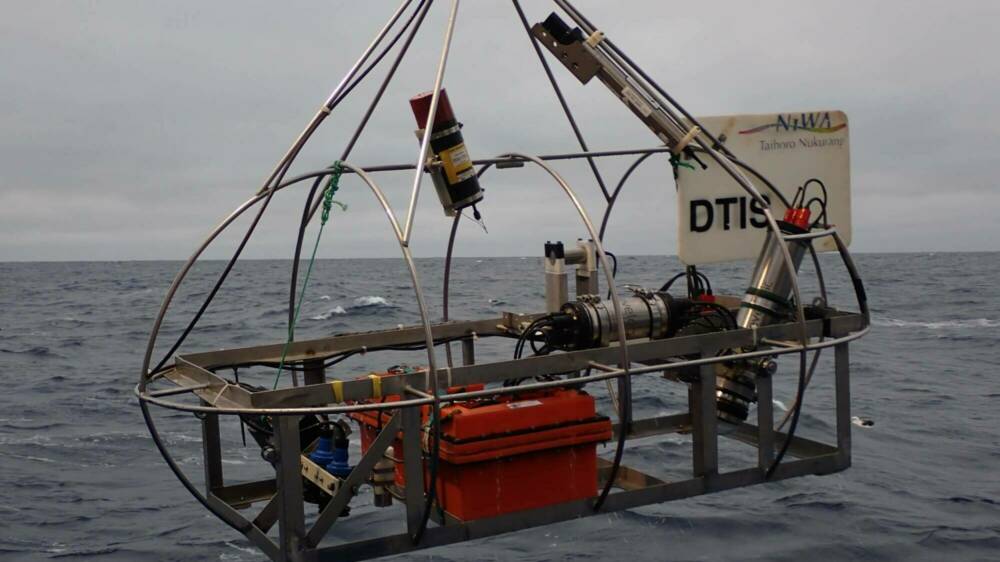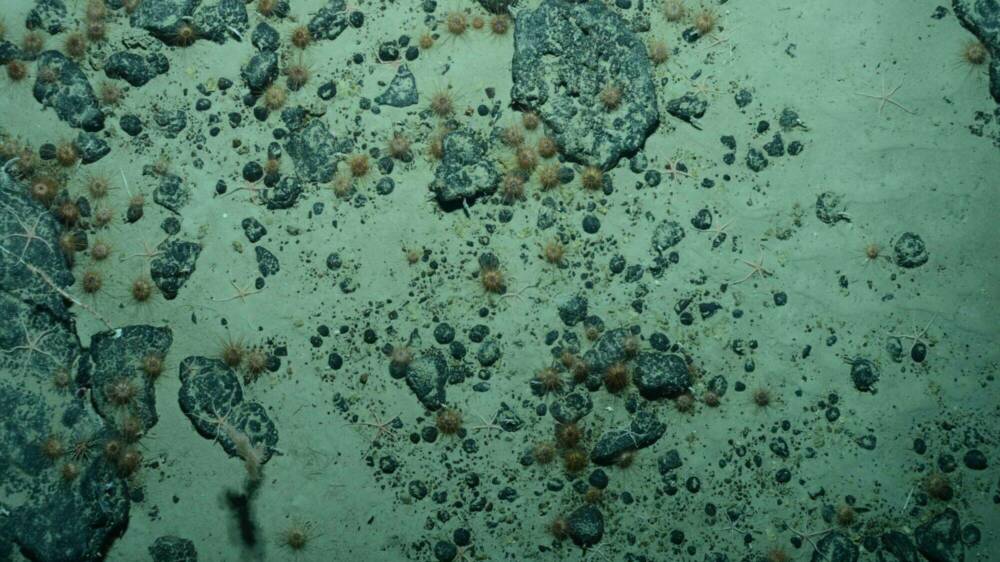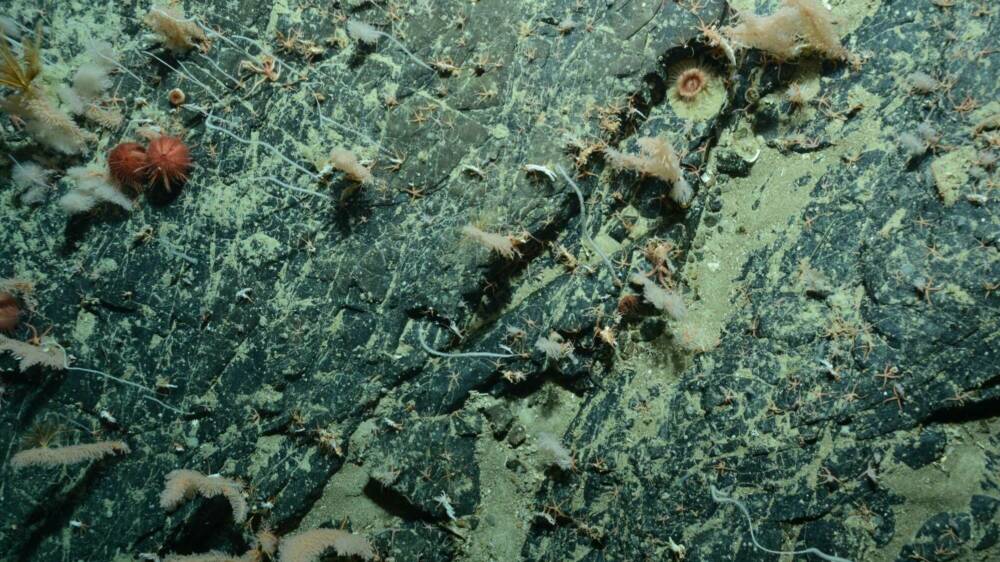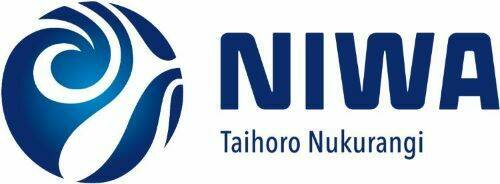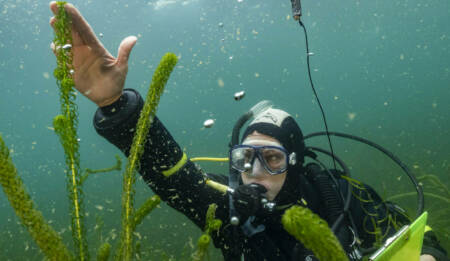Seabed Research
This series of research projects is aimed at better understanding the biodiversity on the seabed in Aotearoa New Zealand’s Exclusive Economic Zone and Territorial Sea. The knowledge is used to inform risk management assessments on the impacts of bottom trawling and dredging to inform the design of management strategies such as marine protected areas.

Background
Concern about the impacts of bottom trawling and dredging are escalating globally, and not enough is known about the current or potential effects these types of fishing have on the seabed in Aotearoa New Zealand’s waters. Better understanding of the distribution of different seabed habitats and the organisms they contain will enable more informed decisions to protect these environments.
Project details
This NIWA series of projects has included seabed surveys and efforts to produce (and reduce the uncertainty in) scientific models that predict the distribution of habitats.
Recent photographic surveys have encompassed two of New Zealand’s most important fisheries areas – the Chatham Rise and the Campbell Plateau. The underwater photographs and video were taken using NIWA’s deep-towed imaging system (DTIS) and analysed to determine the distribution and abundance of benthic fauna (life on the seabed) such as corals, sponges and sea stars. The imagery also provides information that can enable the classification of the seabed itself – whether it is comprised of bedrock, gravel, sand, mud, or some other sediment type.
What they want to achieve
Data from these surveys and other sources have been used to produce and test models of species and community distributions, and researchers continue to build updated models to include data collected from locations not previously sampled.
This series of projects gives the best information to date about the distribution of life on the seabed in New Zealand’s waters. It provides a resource that can be used for marine environmental management and ecosystem research. This includes assessing the impact of benthic fishing methods, the design of marine protected areas and informing research into linkages between water-column and seabed processes.
Government agencies also need this information to conform with New Zealand’s Biodiversity Strategy and meet commitments under international agreements including the Convention on Biodiversity Aichi Targets.
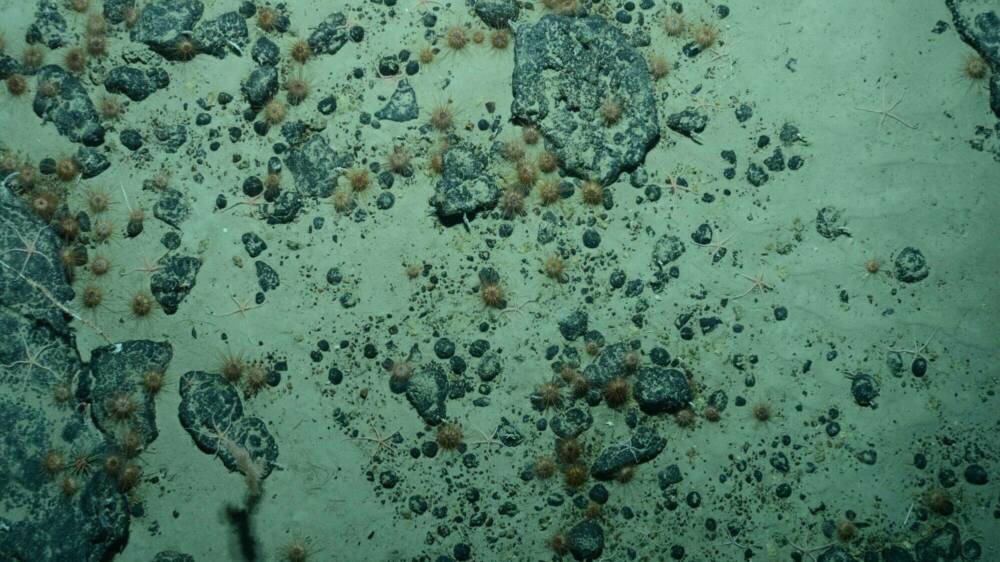
Resource

